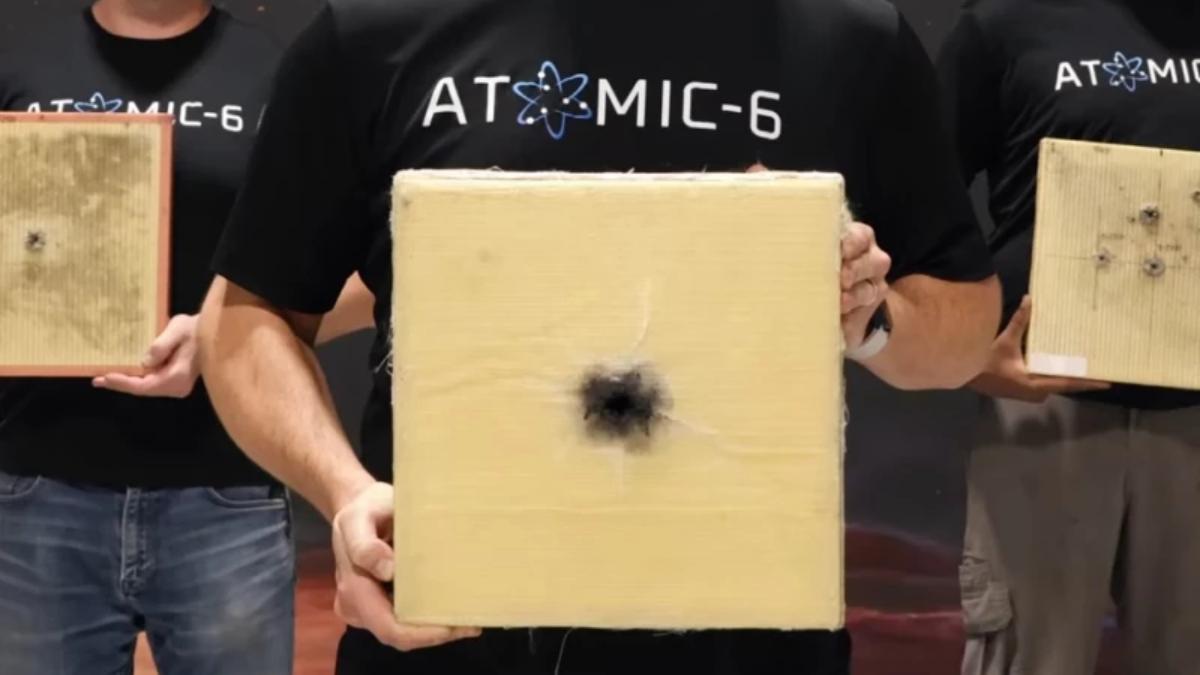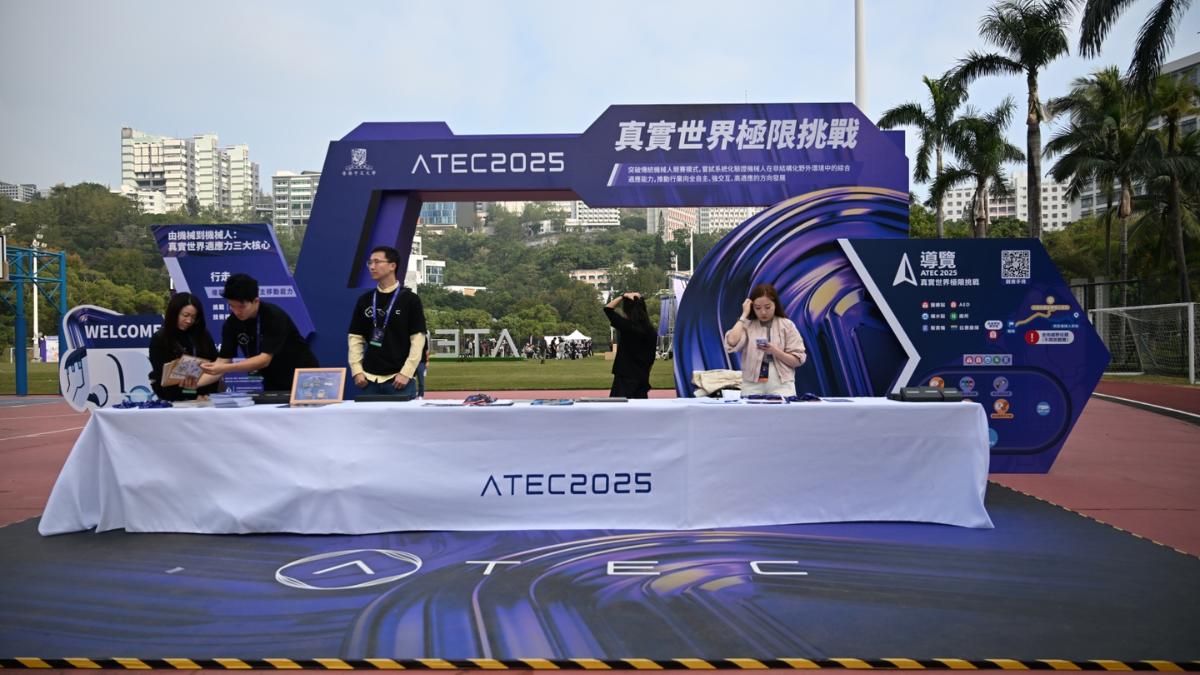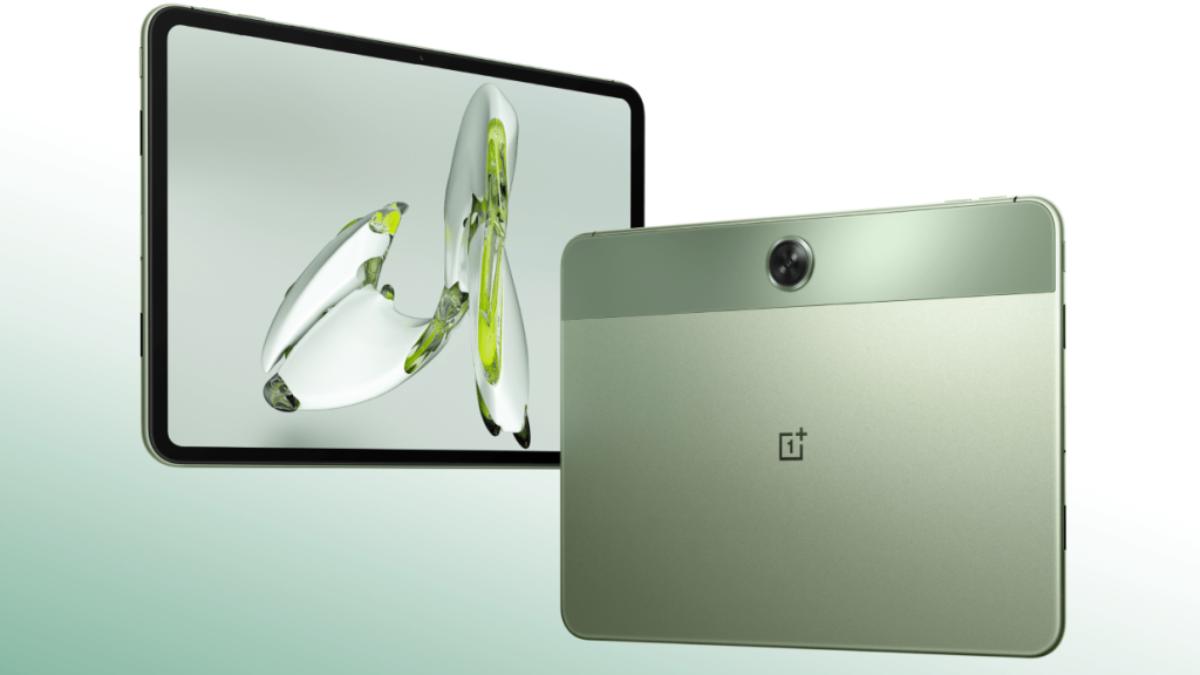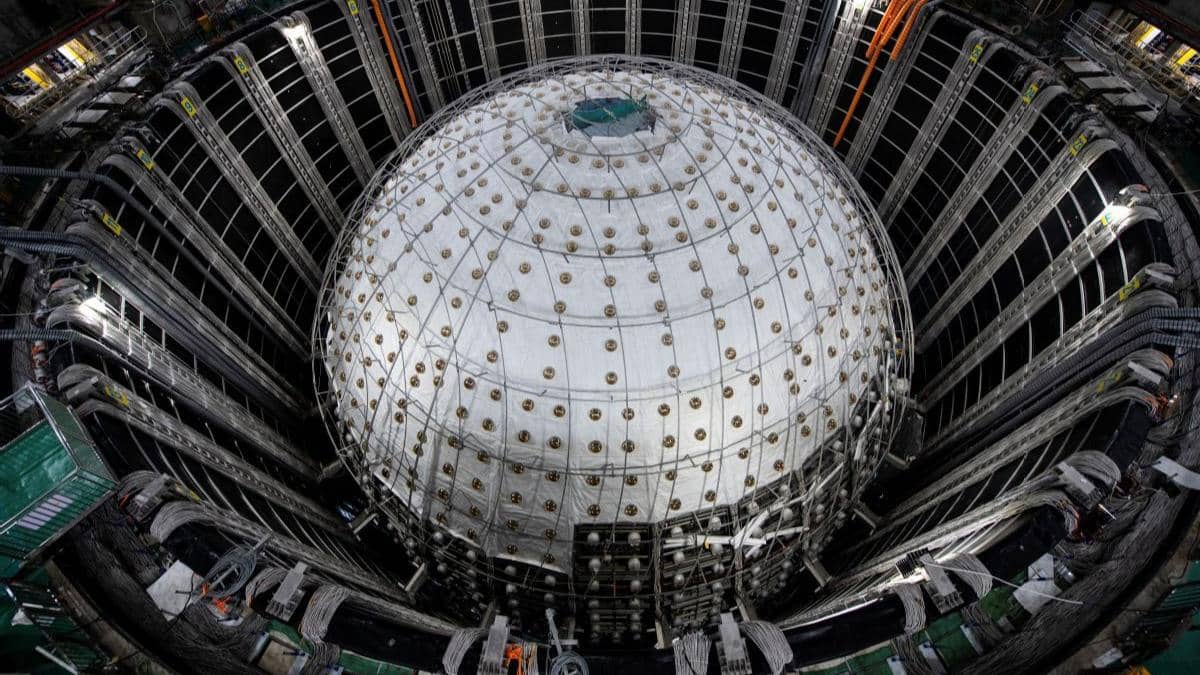Aerospace materials company Atomic-6 has unveiled a new protective system called Space Armor, designed to shield satellites and spacecraft from high-speed collisions with space debris.
The innovation comes as the amount of orbital debris continues to rise, posing a growing threat to satellites and other equipment in orbit. Experts estimate that more than 130 million pieces of debris currently circle Earth, many traveling at hypersonic speeds capable of causing catastrophic damage even from fragments as small as paint chips.
Atomic-6 says its Space Armor tiles are lighter and more effective than traditional shielding systems such as the Whipple Shield, which has been used since the Apollo era. Unlike the Whipple Shield’s complex aluminum layers, Space Armor uses a proprietary polymer composite made from a secret mix of fibers and resins.
Each self-adhesive tile measures 30 cm by 30 cm and about 2.5 cm thick, though custom sizes are available. In testing, the tiles withstood impacts exceeding 7 kilometers per second (4.35 miles per second) while generating far less secondary debris than aluminum shields.
The product comes in several versions: a lightweight model that protects against most debris up to 3 millimeters, and a heavier variant for debris up to 12.5 millimeters.
Another key advantage is that Space Armor is radio transparent, meaning it allows signals to pass through — unlike traditional metal shields that block radio waves. This feature makes it suitable for use in radomes and other communication components. Atomic-6 also offers a radio-opaque version for applications that require signal blocking.
“This is a big deal,” said Trevor Smith, CEO of Atomic-6. “We made the first radomes that can stop orbital debris. You don’t have to sacrifice communications to protect your spacecraft anymore.”
Smith added that with rising geopolitical tensions and increasing risks from both accidental and intentional debris, stronger and lighter protective materials are becoming essential for the safety of satellites, astronauts, and orbital infrastructure.










